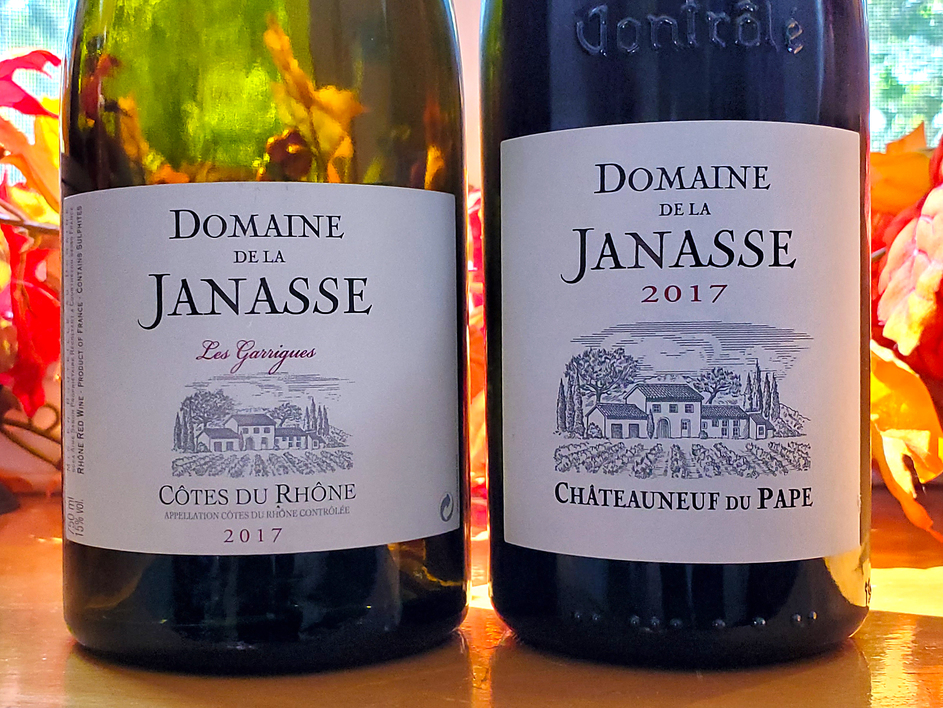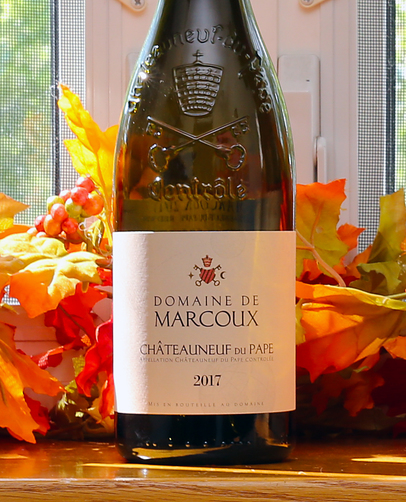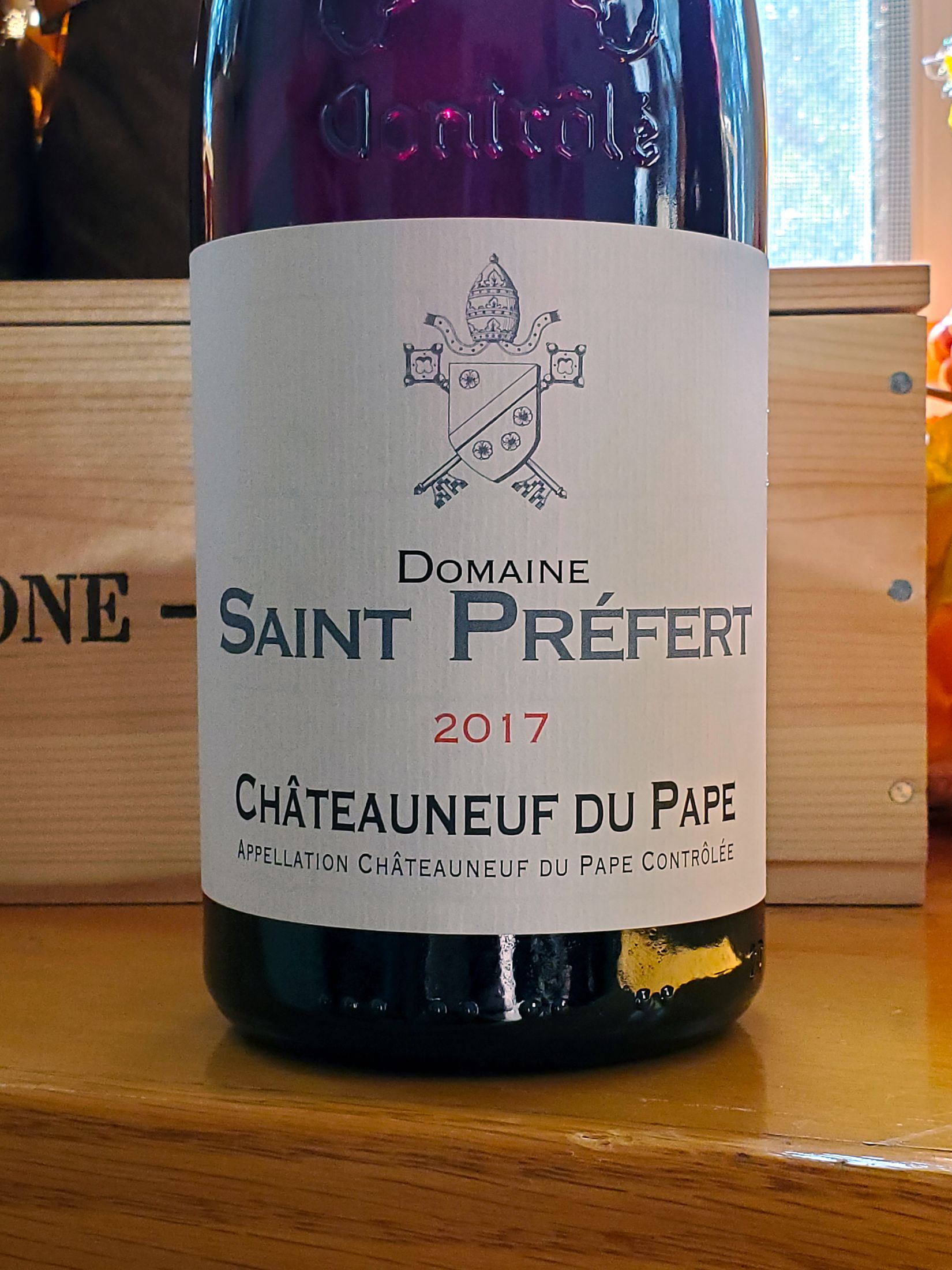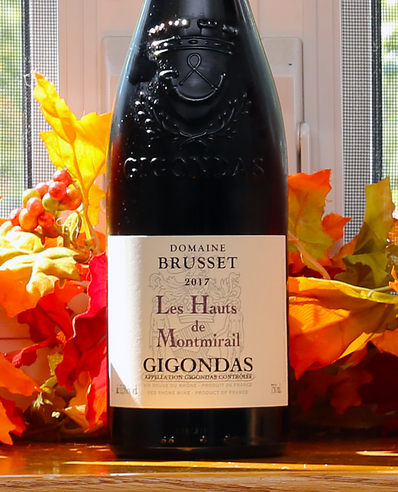Walking The Tightrope: 2017 Southern Rhones
For me, the majority of southern Rhone isn’t about maturing wines until they are “ready” to drink. Frankly, with the exception of only a small number of wines, I have seldom witnessed a bottle of Chateauneuf du Pape, Gigiondas, Vacqueyras, Cairanne or Rasteau get significantly better with age. In fact, what I have experienced more often than not are wines that go from being a contrast of dark richness balanced by primary, energetic fruit in their youth, to becoming muddled and flat, showing overripe, unbalanced and just being plain uninteresting in their “maturity”.
I feel confident in making this statement because, as a collector, I enjoy mature wines. I love secondary and tertiary aromas and flavors, but let’s just be honest, not all wine should be aged for ten-plus years. It took a lot of time and a lot of over-the-hill bottles, but I’m finally ready to admit that I find much more pleasure in young, primary and energetic Southern Rhone wines, and that’s exactly why I’m finding so much to love about the 2017 vintage. Having said that, I still believe that the dark and graceful 2016s and powerful 2015s are technically better vintages (yes, I am a fan of the 2015s). In my opinion, both vintages are also more likely to yield wines that will make the ten-year mark, but I’m still not ready to hide them away like I did with the 2007s (talk about a lot of wines that are now unbalanced and tasting overly ripe). I will continue to enjoy them and go deep on the ones I love, but they will always remain within reach. However, I’m getting off topic, because the fact is that the inspiration that caused me to begin typing today is the 2017 vintage and how impressed I’ve In my opinion, most of those top-shelf and prestige-level wines are usually the ones that end up coming across as over-the-top and unbalanced in their youth and maturity. They are styled to appeal to the palates of a collector that fits more of the old-school Robert Parker days of Southern Rhone wine criticism. This is a general statement (exceptions I’ve found; Janasse VV, Marcoux VV, St. Cosme Gigondas, Prefert St. Giraud, Clos du Caillou Quartz), but my best advice to anyone seeking to explore the southern Rhone is to start with a producer’s “tradition-level” wine, and if you love it (and only if you love it), you should begin looking to their other wines. It’s through this practice that I form the majority of my opinions about a vintage, as well as checking in on a number of Cotes du Rhone wines from my favorite producers. Sometimes, like with the Janasse CdR Les Garrigues, you find a wine that performs on a higher level than expected, which can also save you a lot of money when building your collection.
However, there is one feature of the 2017 vintage that I must warn you of, and that’s how many of these wines needed time to open up in the glass, versus starting strong from the moment they were poured. It’s because of this that I believe that many people who tasting these in large format or at standing tastings will very easily miss the charms of the ‘17s. These are not your average pop-and-pour Rhones, as each of them came to life only after a few minutes in the glass. Don’t make this mistake, because they deserve your attention, and you will not regret giving it to them. On to the Tasting NotesDomaine Isabel Ferrando The is the passion project of Isabel Ferrando (Domaine St. Prefert). It’s always 100% Grenache from sandy soils in the lieu-dit of Colombis, located on the western edge of the appellation. Isabel has also been experimenting with varying degrees of whole-cluster fermentation. Domaine Isabel Ferrando Châteauneuf-du-Pape Colombis 2017 - The nose showed rich brown spices, ripe strawberries, lavender and mint, hints of dried orange and tobacco, smoky crushed stone, and lifting florals. On the palate, I found soft textures, guided by brisk acids, spice and minerals, as zesty red fruits swept across the senses, leaving hints of sweet herbs and blue fruits. The finish was long and structured, not showing a hint of its 15% alc, but instead a fresh display of red and blue fruits with sweet florals lingering long. (96 points) Roger Sabon With most of their vineyards located in the Northeastern section of Chateauneuf du Pape, in sandy soils with a high concentration of red clay and limestone, the wines of Roger Sabon find a balance between elegance and graceful lift. In my opinion, you don’t need to look beyond the Reserve to find the true wine of the house. The Reserve is composed of 80% Grenache, 10% Syrah, and 10% Mourvedre, refined for 18 months in a combination of 40hl foudres, 25hl cuves tronconiques 25 and demi-muids. Roger Sabon Châteauneuf-du-Pape Reserve 2017 - The nose was dark and brooding at first, yet with time in the glass, it blossomed beautifully to reveal notes of smoky bacon fat, opening further as sweet violet florals and lifting minerality was added, then strawberry, exotic spices, hints of pepper and savory herbs. On the palate, velvety textures flooded the senses, maintaining wonderful freshness through brisk acids, as sweet spice-tinged blueberry, strawberry and saturating minerals fleshed out, leaving hints of fine tannin and inner violet florals. It finished amazingly long and lightly structured, resonating on dried blueberries, hints of black tea, subtle sweet spice and a bump of acidity, which kept things fresh and wonderfully vibrant. This was the first 2017 that I’ve tasted where I believe it outclasses the previous vintage. (95 points) Clos Saint Jean To be honest, I didn’t expect to enjoy the 2017 VV as much as I did, as Clos Saint Jean is known as being one of the more modern estates in the Clos Saint Jean Châteauneuf-du-Pape Vieilles Vignes 2017 - The nose was rich and intense, showing crushed raspberry and blueberry fruits mixed with white smoke, dried orange citrus, a dusting of holiday spice, and violette candies, as a hint of animal muskiness added a bit of a rustic leaning. On the palate, deep, velvety textures gave way to zesty, spice-infused red and black fruits, as sweet herbs and minerals saturated the senses, with hints of youthful tannin slowly mounting. The finish was long, focused on red and black fruits and liquid violet florals, enlivened by zesty acids yet also structured, as a bitter twang of minerals and citrus offset its ripe fruit profile. This is a great rendition of Vieilles Vignes, as I believe the 2017 vintage really played right into their hands. This is another '17 that I believe outperforms its '16 counterpart. While the '16 might be a better wine with age, the '17 is already giving so much and handles its 16% abv. effortlessly. (94+ points)
I’ve become quite a fan of Domaine Giraud, and I’m a buyer in almost every vintage. The Domaine itself is located in the southern reaches of Chateauneuf du Pape, yet their vineyards are spread throughout, including the renowned Pignan. The Tradition is composed of 60% Grenache, 35% Syrah and 5% Mourvèdre grown in clay and sandy soils, covered in rounded stones. It’s a classic that drinks well young but also matures beautifully. I also included their CdR Les Sables d'Arène, a 100% varietal Grenache from 65-75-year-old vines planted in a sandy part of Lirac. It’s a real standout in 2017. Domaine Giraud Châteauneuf-du-Pape Tradition 2017 - At first it seemed almost over the top, yet it leveled off and gained wonderful complexity, showing a bouquet that really pulls you Domaine Giraud Côtes du Rhône Vieilles Vignes Les Sables d'Arène 2017 - The bouquet of the 2017 Les Sables d'Arene literally rose up out of the glass without a single swirl, as a mix of blackberries, zesty spice, notes of crushed violet candies, and licorice gave way to savory leather, pepper and lifting minerality. On the palate, I found silky textures, with ripe red and blue fruits, yet offset by a mix of acid and spice, which made the tongue curl, as hints of sweet herbs and a twang of citrus flooded the senses. The finish was medium in length and wonderfully fresh for such a large wine, as black fruits lingered along with sweet spices and a hint of tannin. (92 points) Domaine de la Janasse Janasse is one of the producers of CdP that first convinced me to explore the region deeper, having enjoyed a mature 2001 Chaupin. Granted, they are considered more modern, yet not overpowering. In fact, the wines are a model of elegance. The Tradition-level CdP comes from Northern vineyards, planted mostly in red clay, limestone, galets, and sand, along with some fruit from La Crau. The wine is fermented with a small percentage of stems and is a blend of 65% Grenache, 20% Syrah, 10% Mourvèdre, and 5% Cinsault refined for 12 months in a combination of vat and 20% in new barrels. I also included the CdR Les Garrigues, a wine I love, produced from century-old Grenache, planted in red clay pebbly soil in the northwest of Châteauneuf-du-Pape and refined only in tank.
Domaine de la Janasse Châteauneuf-du-Pape 2017 - The bouquet was seductive, with its ripe blue and black berries giving way to baked plum, with a dusting of crushed violette candies, white smoke, minerals, and with time, hints of undergrowth. On the palate, silky textures washed across the senses with a mix of raspberry and blueberry tones, guided by cool-toned acids adding vibrancy, as sweet spice and purple florals resonated throughout. The finish was medium in length, showing a mix of violet florals, blackberry, spice and a twang of vibrant acids. This is a very pretty expression of the vintage, so easy to like, and with a gentle nature. (91 points) Domaine de la Janasse Côtes du Rhône Les Garrigues 2017 - The nose was remarkably fresh, showing bright strawberry and crushed blueberries laced with violet florals, smoke, a dusting of sweet spice, hints of citrus and wet stone. On the palate, I found silky textures, lifted through brisk acids, which also created stunning vibrancy throughout, as ripe red fruits flooded across the senses with spicy intensity, followed by saturating minerals and purple-tinged inner florals. The finish was long with a twang of zesty spice and acids lingering, as red and blue fruits slowly faded to reveal a layer of fine tannin across the senses. I was amazed by the purity and refreshing qualities of this vintage of Les Garrigues. Also of note is how I’ve found this to slightly outperform the house’s Chateauneuf du Pape Tradition two vintages in a row now. (94 points) Domaine de Marcoux The Pinot of the Southern Rhone? I can’t argue; the wines of Marcoux have a silky grace and red fruit to them that’s gorgeous. The Tradition comes from a mix of different vineyards from around the village in various soils of red clay, galets, sand, gravel, clay limestone, and marls. It’s composed of Grenache, Syrah, Mourvedre, and Cinsault, refined eighteen months in 90% concrete and 10% neutral wood. It’s a truly gorgeous and balanced expression worth seeking out, but also one of the pricier tradition-level wines. Domaine de Marcoux Châteauneuf-du-Pape 2017 - The nose showed a zesty expression of crushed raspberry, blueberry, both sweet and savory spice, and lifting violet florals, complicated by dusty minerality and smoke. On the palate, the softest, most enveloping textures imaginable were contrasted by cool-toned red fruits and brisk acids, as a staining of liquid florals and minerals coated the senses, leaving saturating fine tannin in their wake. The finish was long yet fresh, as hints of mineral-infused red berries, spices, and violet inner florals slowly faded amidst grippy young tannins. The '17 Domaine de Marcoux Châteauneuf-du-Pape seemed to close in on itself the longer in spent in the glass, which leads me to believe that the best is still yet to come. Simply gorgeous. (93 points)
I’m not sure how much higher Isabel Ferrando can raise the bar at this historic property in the South of Châteauneuf du Pape. In 2017, the Tradition at this estate was composed of 85% Grenache, 5% Syrah, 5% Mourvèdre and 5% Cinsault, refined for 15 months in tank concrete. It’s a joyful expression of the region and varietals. Domaine Saint Préfert Châteauneuf-du-Pape 2017 - The '17 Saint Préfert Châteauneuf-du-Pape has evolved since my last taste a few months ago. Here I found a bright, spicy blend of crushed raspberries and strawberries, with sweet herbal lift, smoke, violette pastille, and fresh red florals. On the palate, silky textures were energized by brisk acids, giving way to ripe red fruits, exotic spice, and liquid sweet florals, which coated the senses, leaving minerals and youthful tannin behind. The finish was long, displaying palate-staining red fruits, which dried slightly due to the wine’s hidden structure, as inner florals and spice lingered long. This is beautiful juice, and at only 13.5% abv--for CdP, amazing! (93 points) Domaine Brusset The one Gigondas I was able to get my hands on in time for this article was the ‘17 Domaine Brusset Les Hauts de Montmirail. The Domaine is located at the foot of the Dentelles de Montmirail, where terraces carry their vines into the limestone soils of these mountain slopes. Les Hauts is composed of Grenache, Mourvedre and Syrah, which are crushed and fermented separately before being blended and refined in oak, 50% of which is new. If you’re looking for a 2017 to bury in the cellar, this is certainly a good candidate. Domaine Brusset Gigondas Les Hauts de Montmirail 2017 - The nose was dark and rich, displaying crushed plums and blackberries, laced with violet pastile, smoky minerals, hints of air-dried meats, white pepper, and a dusting of sweet and savory spices. On the palate, velvety textures coated the senses, as an intense wave of tart black fruits, minerals, and brisk acidity cut through with laser-like focus, leaving fine tannin in their wake. Notes of savory spice, Alpine herbs, and smoked meats gave way to a long finish, with staying tannic clout, resonating on dried blueberries, blackberries, dark chocolate, and pepper. This is a serious bottle of Gigondas that should be amazing with another three to five years in the cellar. (92 points)
Credits and Resources Article, tasting notes, and most photos by Eric Guido. The official website of Domaine Isabel Ferrando. The official website of Roger Sabon. The official website of Clos Saint Jean. The official website of Domaine Giraud. The official website of Domaine de la Janasse. The official website of Domaine de Marcoux. The official website of Domaine Saint Prefert. The official website of Domaine Brusset. The 2017 Southern Rhone Collection at Morrell Wine.
|

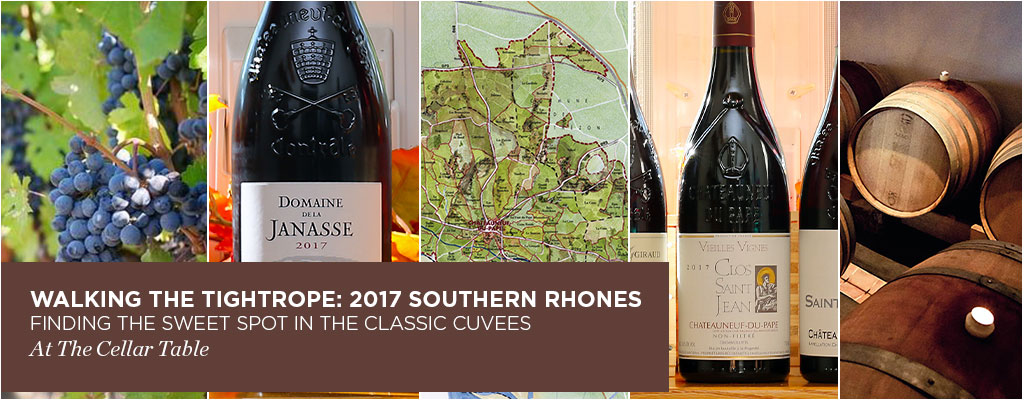
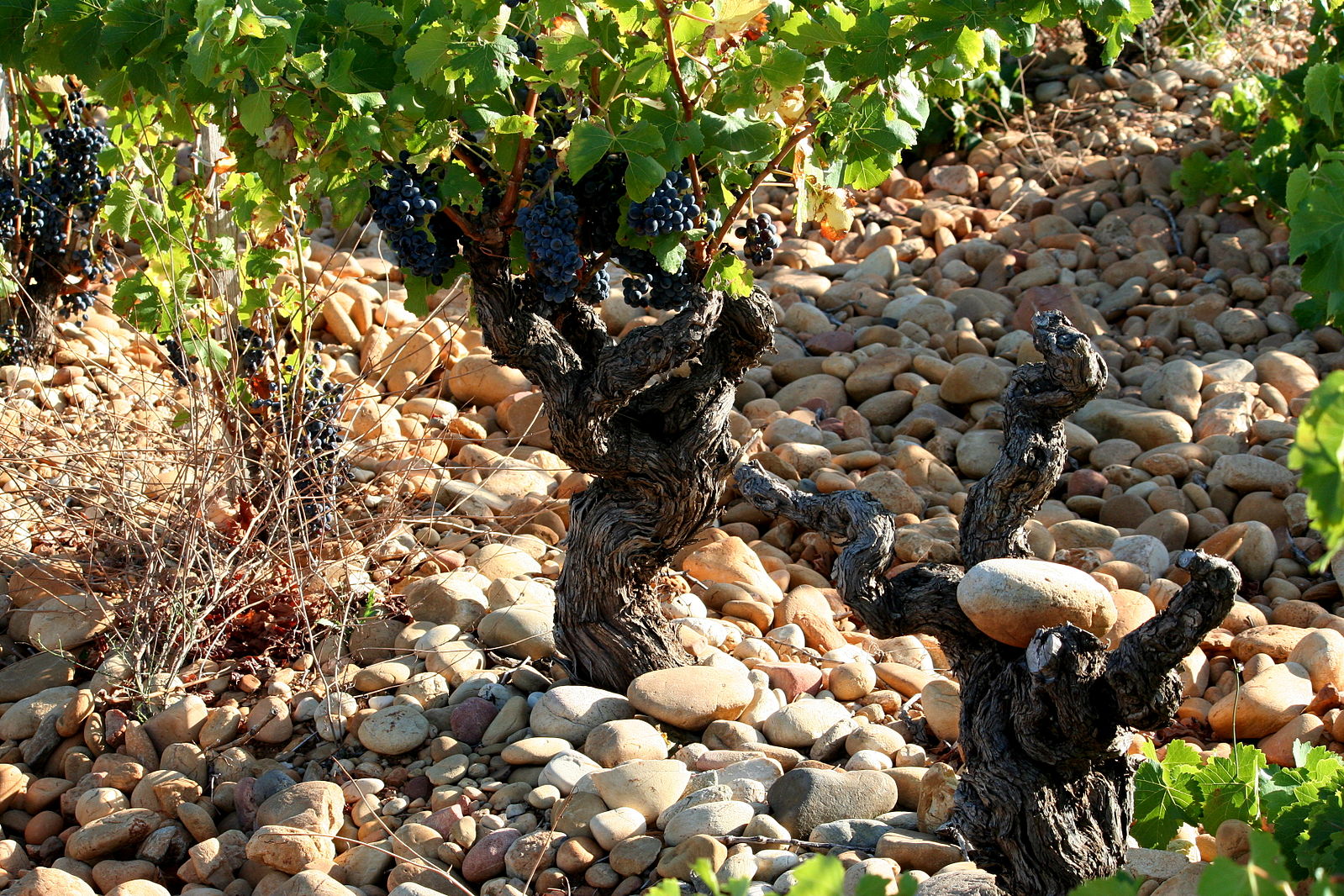 Granted, this doesn’t happen overnight, and in my opinion a solid Rhone wine will gracefully evolve over the course of five to eight years. While a few of them do shut down during that time (these are the ones to put away in the cellar), the majority continue to deliver pleasure throughout this time period. This reminds me of a mistake I’ve made too often, and that’s burying too many bottles in my cellar to catch them in their maturity, only to come back later and find a wine that is past its prime. That’s not to say that there aren’t examples and vintages that mature more gracefully, but I am saying that it’s a crapshoot. For every great mature bottle I’ve experienced, there have easily been five-to-ten others that fell seriously short.
Granted, this doesn’t happen overnight, and in my opinion a solid Rhone wine will gracefully evolve over the course of five to eight years. While a few of them do shut down during that time (these are the ones to put away in the cellar), the majority continue to deliver pleasure throughout this time period. This reminds me of a mistake I’ve made too often, and that’s burying too many bottles in my cellar to catch them in their maturity, only to come back later and find a wine that is past its prime. That’s not to say that there aren’t examples and vintages that mature more gracefully, but I am saying that it’s a crapshoot. For every great mature bottle I’ve experienced, there have easily been five-to-ten others that fell seriously short.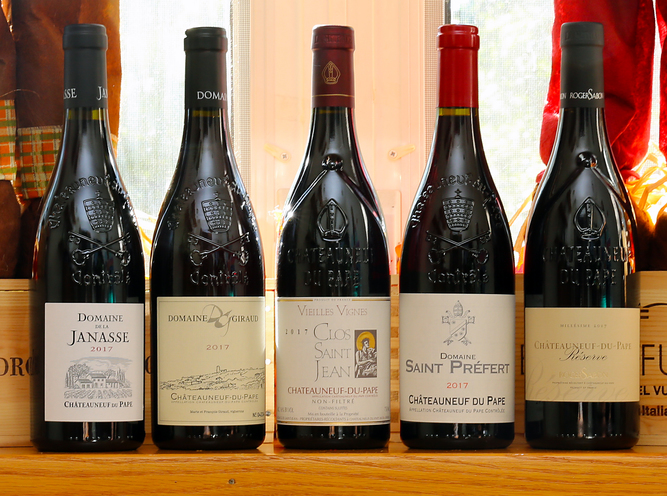 been as I’ve tasted these wines. One thing I would like to point out is that the majority of my tastings have been of the “tradition-level” bottles from producers. You know what I mean, right? I am talking about the “entry-level” village bottles--which happen to be the classic wines, typically the producers’ best expressions of house style, using a “traditional” blend of Rhone varieties, and are also your best bet for a Rhone wine to pair well with a meal.
been as I’ve tasted these wines. One thing I would like to point out is that the majority of my tastings have been of the “tradition-level” bottles from producers. You know what I mean, right? I am talking about the “entry-level” village bottles--which happen to be the classic wines, typically the producers’ best expressions of house style, using a “traditional” blend of Rhone varieties, and are also your best bet for a Rhone wine to pair well with a meal.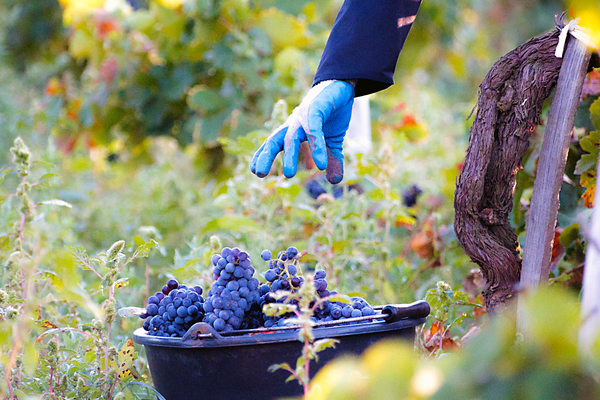 So what is it that I love about the 2017s? For starters, the majority of them show a balance of intense deep red and pretty blue fruits, which isn’t something you often find. Imagine crushing a handful of ripe raspberries and blueberries together, then adding in some sweet violet florals, or better yet, that dusty sweet spice of violette candies--that’s the bouquet of a 2017 southern Rhone. Does that sound appealing? Well it is, very much so. Next, it’s the textural experience. The 2017 vintage was hot, remarkably dry and with low yields. This resulted in small and very concentrated berries. Many of the wines show this through their textural richness, which is otherworldly when balanced by a good core of acidity, creating an elegant yet lifted expression. Lastly, it’s how they handle their alcohol. Seldom did I find any hint of heat, even though some of them reached 16% abv.
So what is it that I love about the 2017s? For starters, the majority of them show a balance of intense deep red and pretty blue fruits, which isn’t something you often find. Imagine crushing a handful of ripe raspberries and blueberries together, then adding in some sweet violet florals, or better yet, that dusty sweet spice of violette candies--that’s the bouquet of a 2017 southern Rhone. Does that sound appealing? Well it is, very much so. Next, it’s the textural experience. The 2017 vintage was hot, remarkably dry and with low yields. This resulted in small and very concentrated berries. Many of the wines show this through their textural richness, which is otherworldly when balanced by a good core of acidity, creating an elegant yet lifted expression. Lastly, it’s how they handle their alcohol. Seldom did I find any hint of heat, even though some of them reached 16% abv.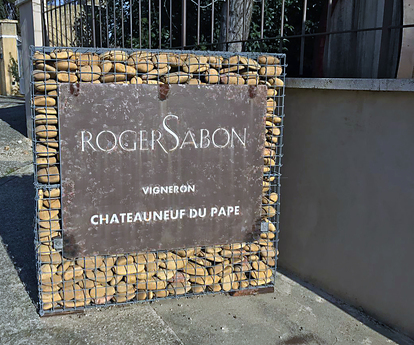
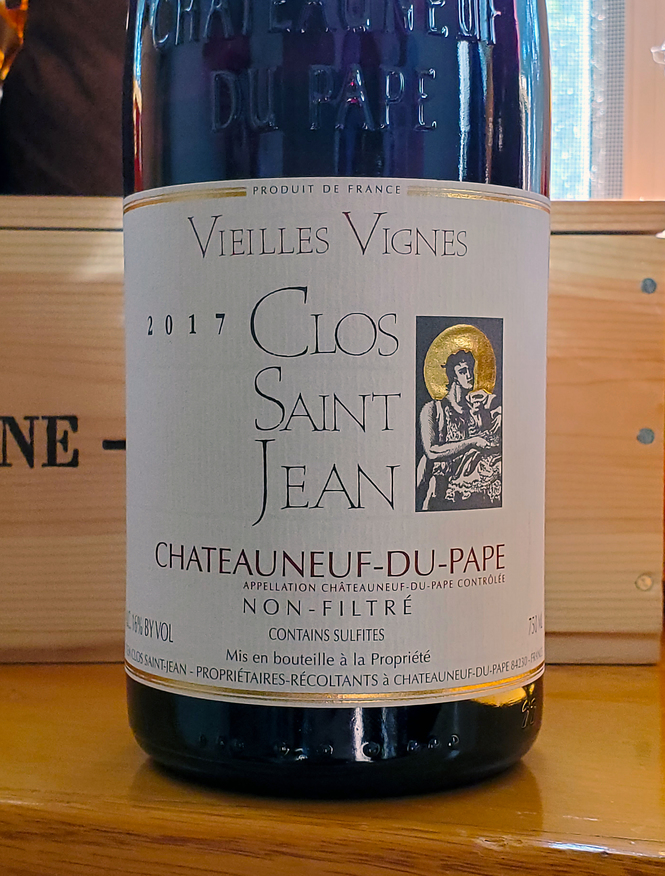 region. Their source of fruit is undeniable, coming from within the southeastern plateau of La Crau in iron-rich red clays topped with galets. The Vieilles Vignes also sees some fruit from vineyards bordering La Crau, growing in alluvial clay and sand. It’s a classic blend of Grenache (raised in concrete), Syrah, Mourvedre, Cinsault, Vaccarèse, and Muscardin (all refined in French oak).
region. Their source of fruit is undeniable, coming from within the southeastern plateau of La Crau in iron-rich red clays topped with galets. The Vieilles Vignes also sees some fruit from vineyards bordering La Crau, growing in alluvial clay and sand. It’s a classic blend of Grenache (raised in concrete), Syrah, Mourvedre, Cinsault, Vaccarèse, and Muscardin (all refined in French oak).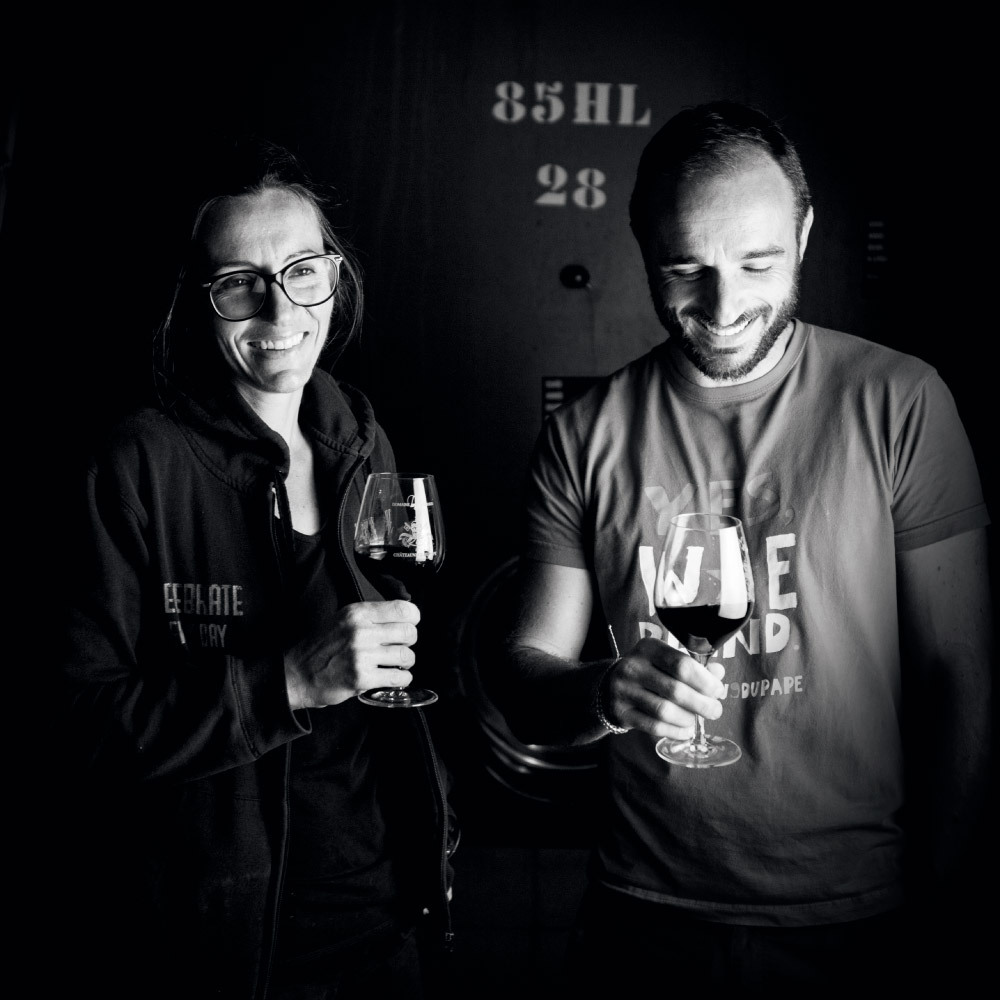
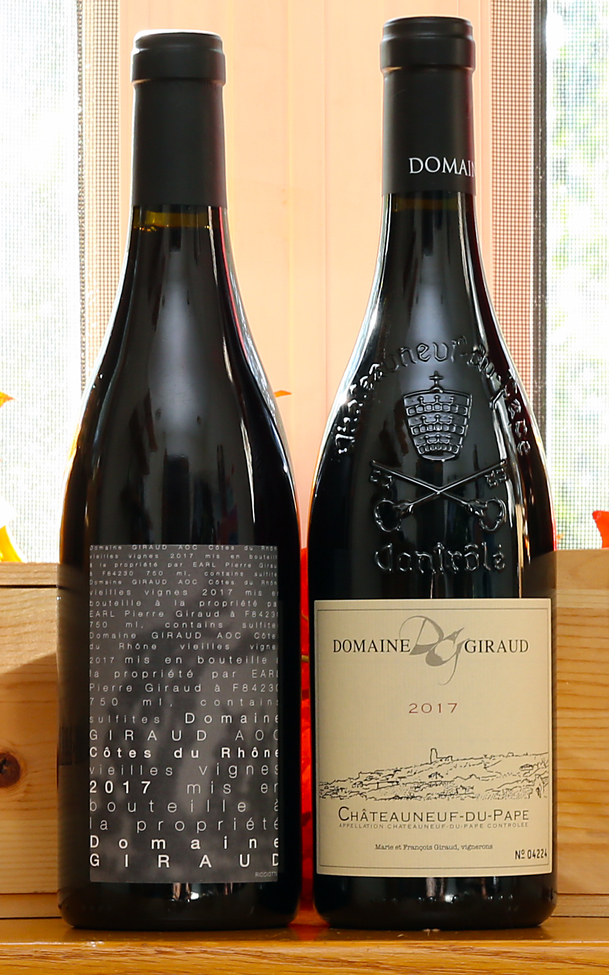 toward the glass, with a mix of exotic spices blowing off to reveal crushed raspberry, ripe blueberries, violet-tinged florals, garigue, smoke and crushed stone. On the palate, velvety textures enveloped the senses, giving way to ripe blackberry, cherry, sweet floral-infused spices and minerals, as it glided effortlessly on a core of brisk acids. The finish was long and fresh, yet also showing a coating of fine tannin with saturating black fruits and minerals lingering long.
toward the glass, with a mix of exotic spices blowing off to reveal crushed raspberry, ripe blueberries, violet-tinged florals, garigue, smoke and crushed stone. On the palate, velvety textures enveloped the senses, giving way to ripe blackberry, cherry, sweet floral-infused spices and minerals, as it glided effortlessly on a core of brisk acids. The finish was long and fresh, yet also showing a coating of fine tannin with saturating black fruits and minerals lingering long. 